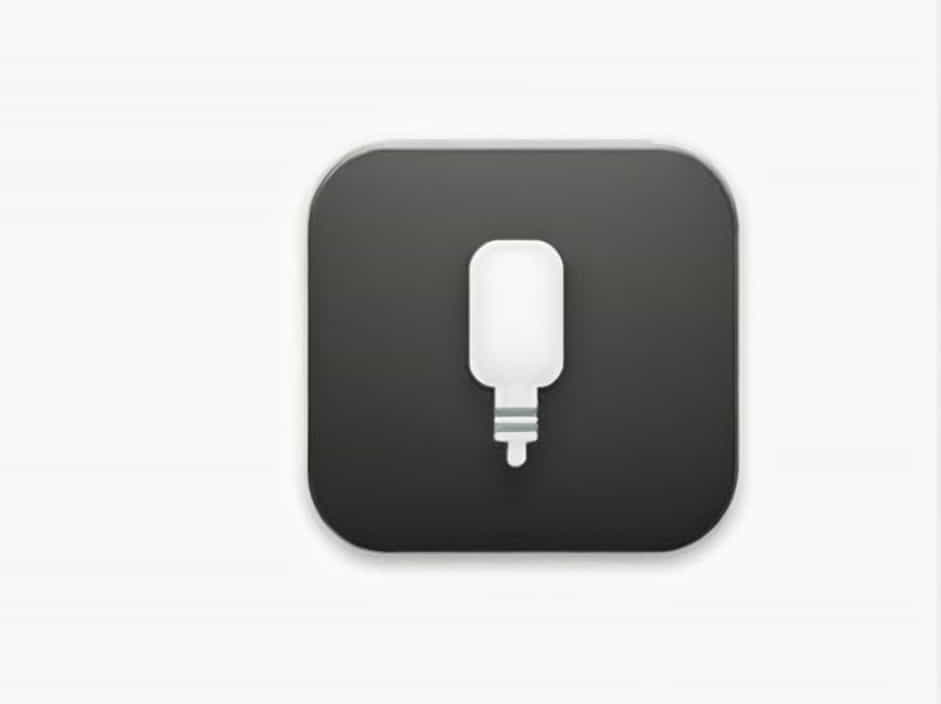Capacitance is an essential concept in electrical and electronic circuits. It refers to the ability of a system to store electrical charge. Devices that store charge are called capacitors, and they are widely used in various applications, including power supplies, communication systems, and electronic devices.
The SI unit of capacitance is the Farad (F), named after the English scientist Michael Faraday. Understanding capacitance and its measurement is crucial for engineers, electricians, and anyone working with electronics.
This topic will explore what capacitance is, how it is measured, the significance of the Farad, and practical applications of capacitance in everyday life.
What Is Capacitance?
Capacitance is the ability of a conductor to store an electric charge when a potential difference (voltage) is applied across it. It is a measure of how much charge (Q) a capacitor can hold for a given voltage (V).
The formula for capacitance is:
Where:
-
C = Capacitance (Farads, F)
-
Q = Charge stored (Coulombs, C)
-
V = Voltage applied (Volts, V)
A higher capacitance means the capacitor can store more charge at the same voltage.
The SI Unit of Capacitance: The Farad (F)
Definition of the Farad
The Farad (F) is the SI unit of capacitance and is defined as:
"A capacitor has a capacitance of one Farad when a charge of one Coulomb causes a potential difference of one Volt across its plates."
Mathematically,
However, one Farad is a very large unit, and most practical capacitors have values in:
-
Microfarads (µF) = $10^{-6}$ F
-
Nanofarads (nF) = $10^{-9}$ F
-
Picofarads (pF) = $10^{-12}$ F
For example, typical electronic capacitors have values like 10 µF, 100 nF, or 220 pF, depending on the application.
Factors Affecting Capacitance
Several factors influence the capacitance of a capacitor:
1. Plate Area (A)
-
A larger plate area increases capacitance because more charge can be stored.
-
This is why capacitors with larger plates have higher capacitance.
2. Distance Between Plates (d)
-
Decreasing the distance between plates increases capacitance.
-
A smaller separation allows more charge to be stored for the same voltage.
3. Dielectric Material
-
A dielectric is an insulating material placed between capacitor plates.
-
Different materials affect capacitance based on their dielectric constant (εr).
-
Common dielectric materials: air, ceramic, mica, and electrolytic compounds.
The capacitance formula considering these factors is:
Where:
-
varepsilon_r = Relative permittivity of the dielectric
-
varepsilon_0 = Permittivity of free space ( $8.85 times 10^{-12} , F/m$ )
-
A = Plate area
-
d = Distance between plates
Types of Capacitors and Their Capacitance
Different capacitors have different capacitance values and are used in various applications.
1. Electrolytic Capacitors
-
High capacitance values (µF to mF range)
-
Used in power supply circuits and energy storage
-
Polarity-sensitive (must be connected correctly)
2. Ceramic Capacitors
-
Low to medium capacitance values (pF to µF range)
-
Used in high-frequency circuits and signal processing
-
Non-polarized (can be connected in any direction)
3. Tantalum Capacitors
-
Stable and high capacitance
-
Used in precision circuits and aerospace applications
-
More expensive than electrolytic capacitors
4. Film Capacitors
-
Medium capacitance range
-
Used in audio equipment and filter circuits
-
High durability and long lifespan
Practical Applications of Capacitance
1. Energy Storage in Power Supplies
Capacitors store electrical energy and release it when needed. This is crucial in:
-
Uninterruptible Power Supplies (UPS)
-
Flash cameras
-
Electric vehicles (supercapacitors)
2. Filtering in Electronic Circuits
Capacitors are used in filters to remove unwanted signals:
-
Smoothing circuits in power supplies
-
Radio frequency filters in communication systems
-
Audio circuits for noise reduction
3. Timing and Oscillation Circuits
Capacitors control timing functions in devices such as:
-
Oscillators in clocks and watches
-
Pulse generation in electronic timers
-
Signal processing in computers
4. Coupling and Decoupling in Circuits
Capacitors help in:
-
Coupling signals between amplifier stages
-
Blocking DC voltage while allowing AC signals
-
Reducing voltage spikes in electronic circuits
5. Medical and Industrial Uses
Capacitance is used in:
-
Medical defibrillators (to deliver controlled shocks)
-
Capacitive touchscreens (smartphones, tablets)
-
Proximity sensors (automatic doors, touchless devices)
How to Measure Capacitance
Capacitance can be measured using different instruments:
1. Digital Multimeter with Capacitance Mode
-
Displays capacitance value directly.
-
Useful for checking capacitor health.
2. LCR Meter (Inductance, Capacitance, Resistance Meter)
-
Provides precise capacitance measurements.
-
Used in laboratories and advanced testing.
3. Oscilloscope with Function Generator
-
Measures capacitance by analyzing circuit behavior.
-
Common in signal processing applications.
Importance of Capacitance in Modern Technology
Capacitance plays a key role in modern technology, including:
-
5G networks (capacitors in signal processing)
-
Renewable energy systems (energy storage in solar panels)
-
AI and computing (capacitors in memory storage)
Capacitors enable efficient power management, signal control, and data processing in almost every electronic device.
The SI unit of capacitance is the Farad (F), named after Michael Faraday. Capacitance measures the ability of a system to store electrical charge, and it plays a crucial role in electronics, power systems, communication, and medical devices.
Although one Farad is a large unit, most capacitors are measured in microfarads (µF), nanofarads (nF), or picofarads (pF). Various factors affect capacitance, including plate area, dielectric material, and distance between plates.
From power supplies to smartphones, capacitors are an essential component of modern electrical and electronic technology. Understanding capacitance helps engineers and technicians design more efficient systems for a wide range of applications.
